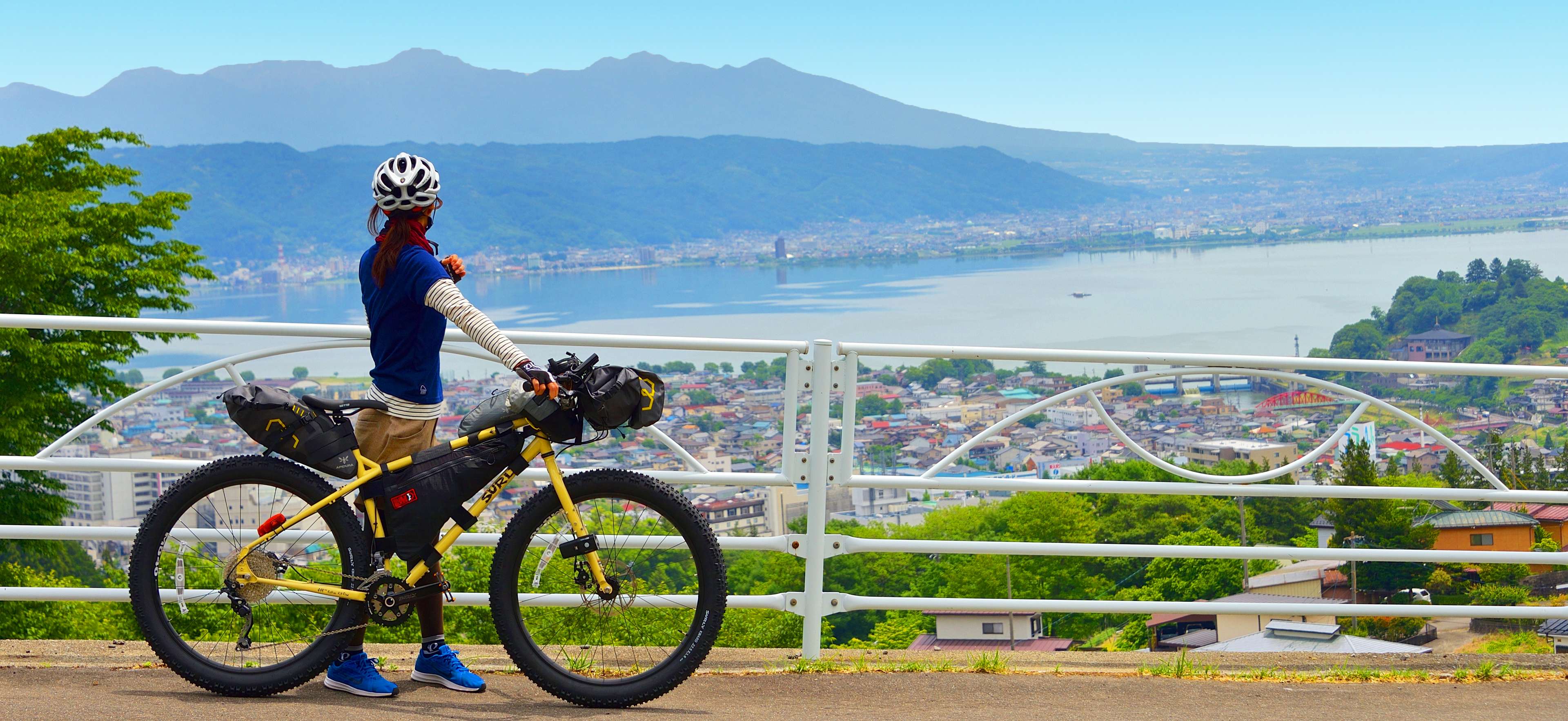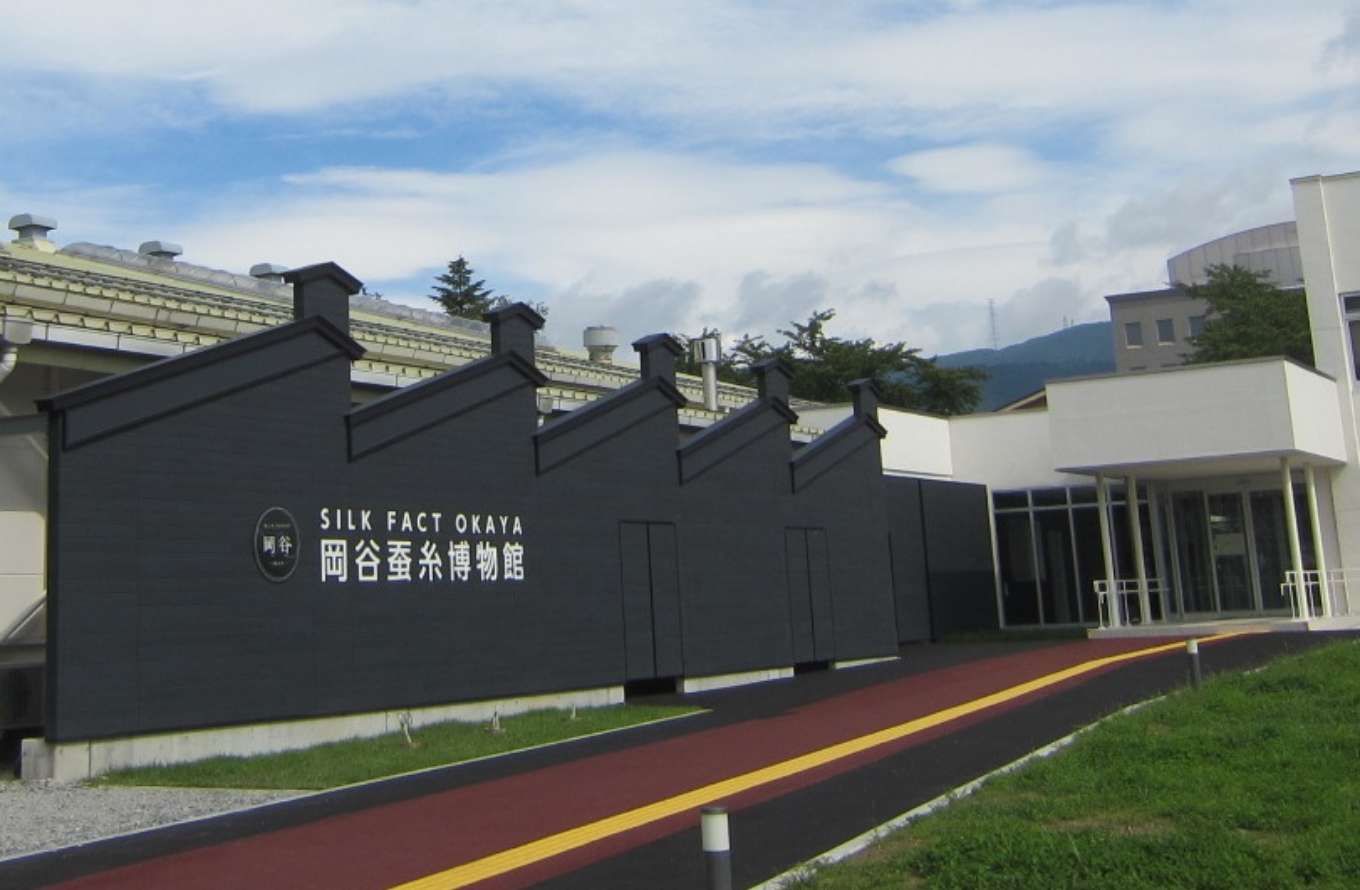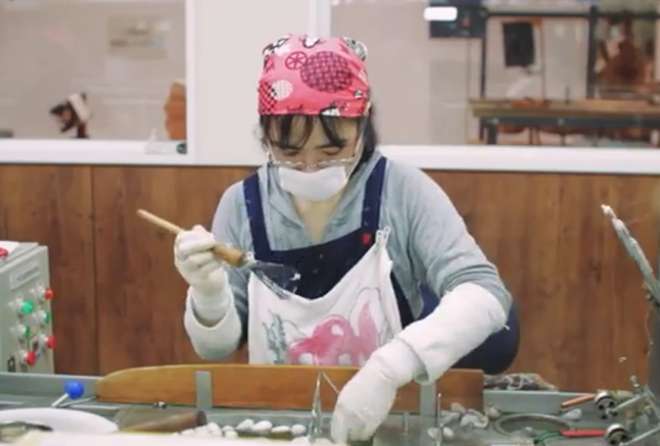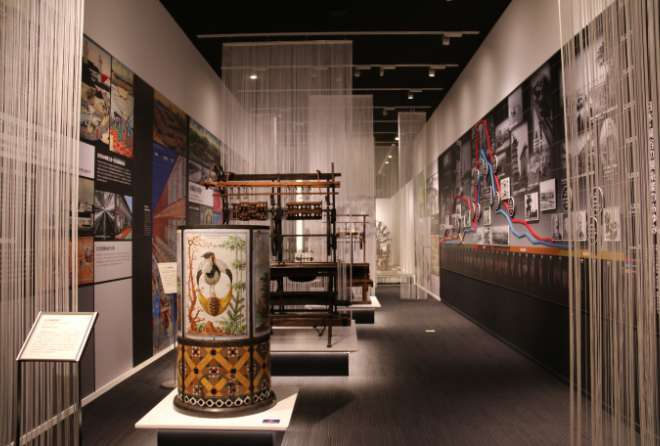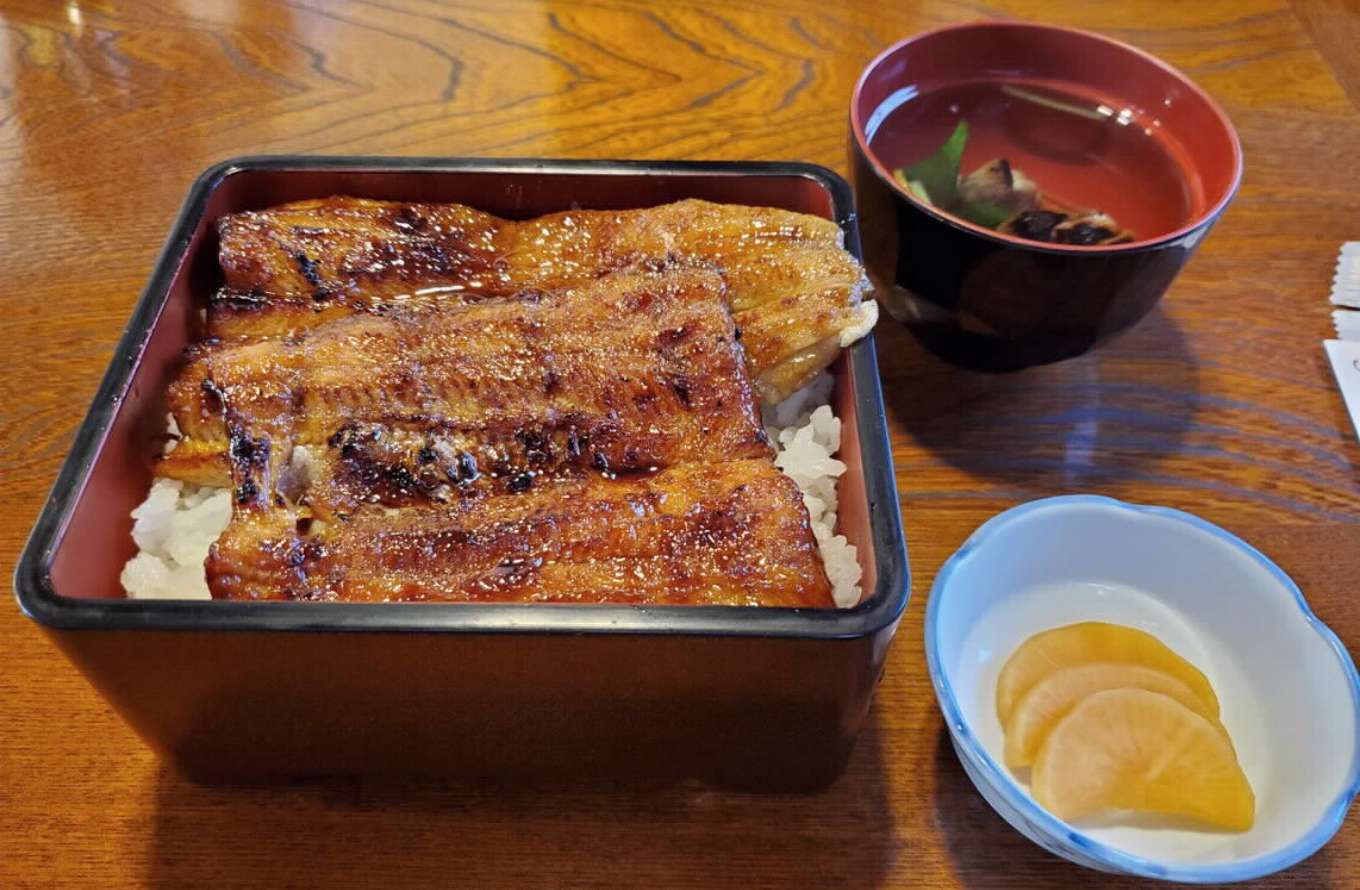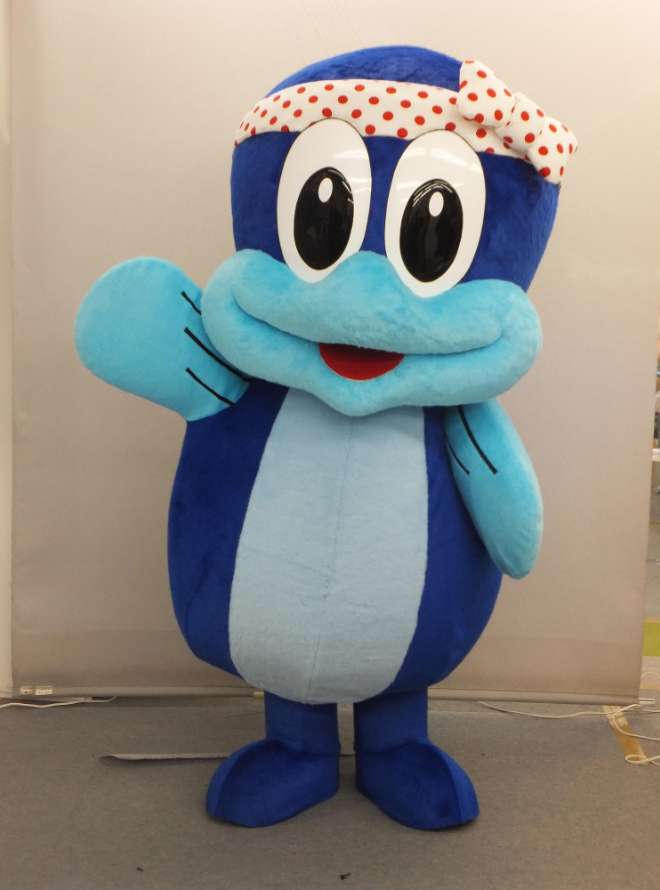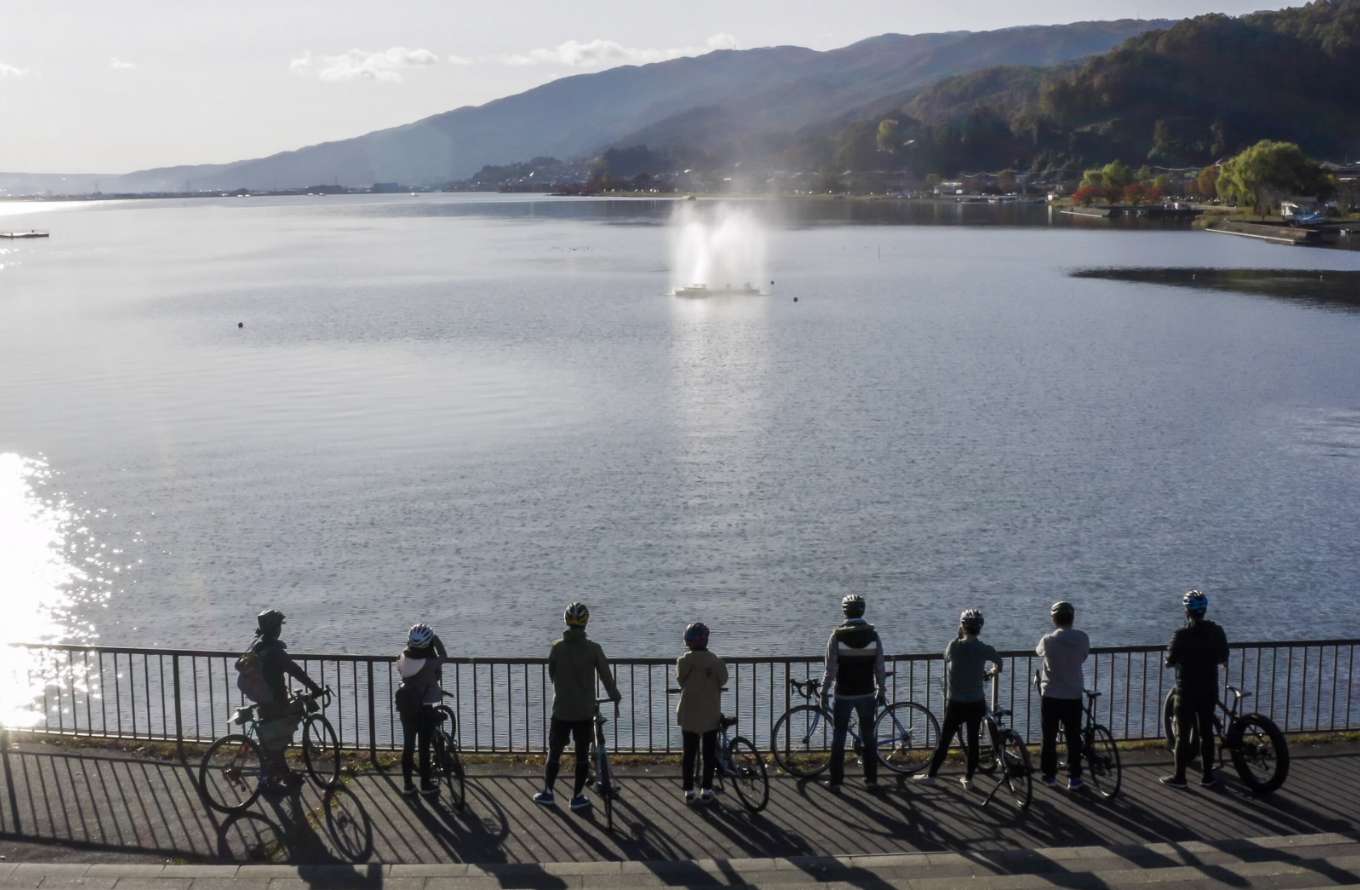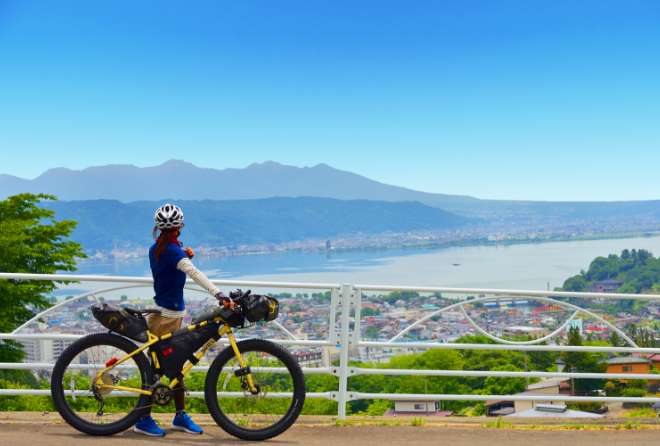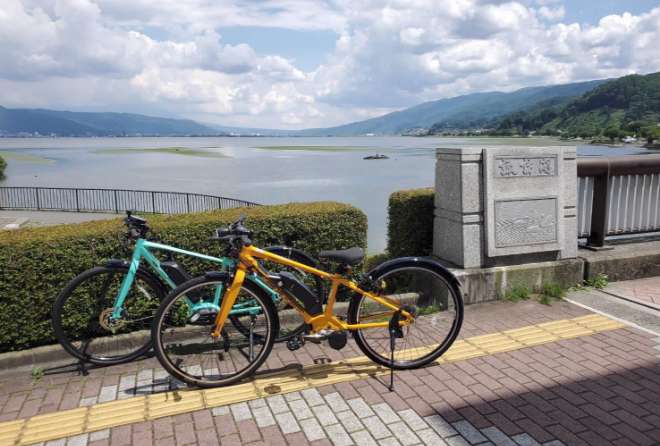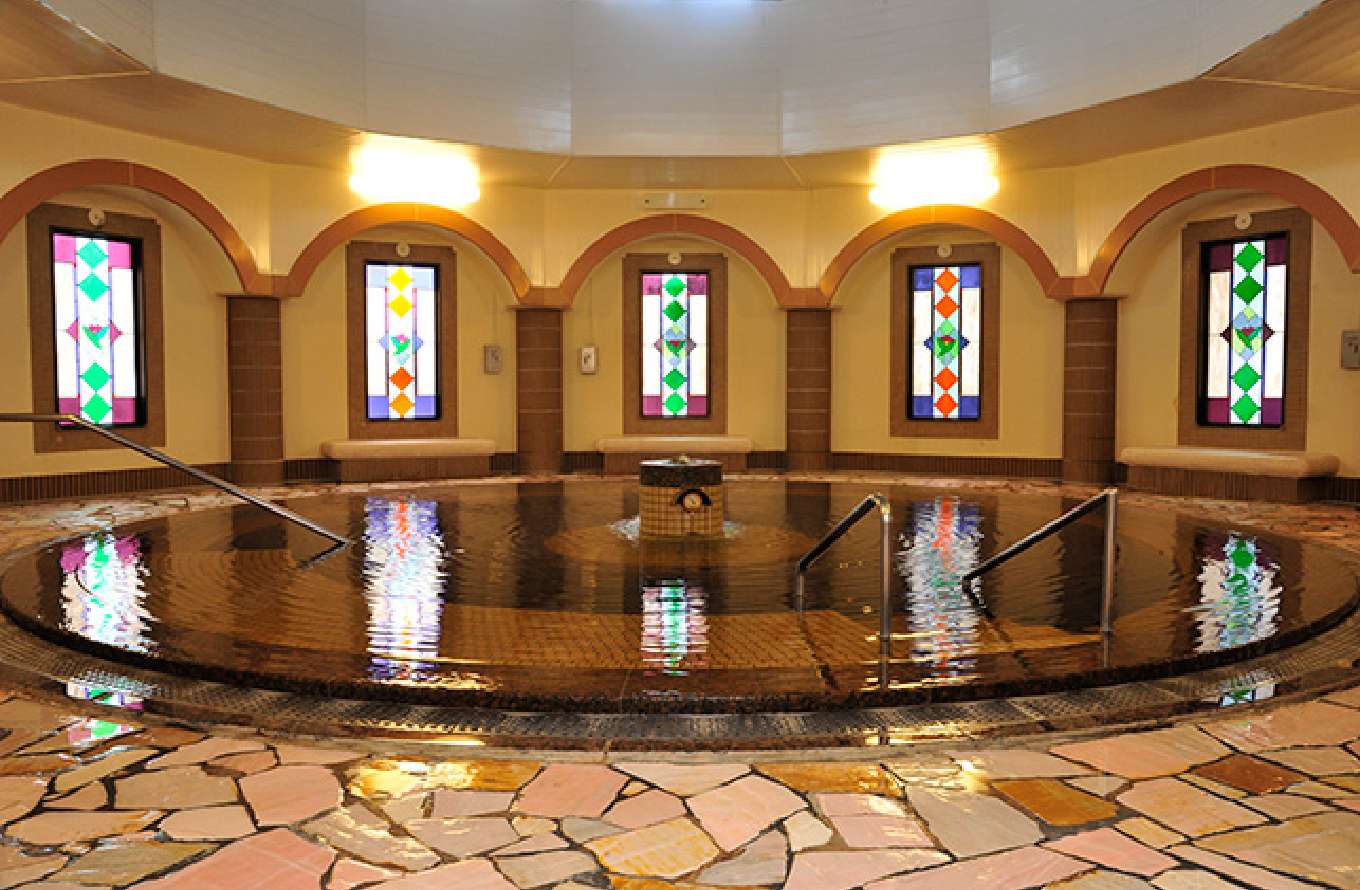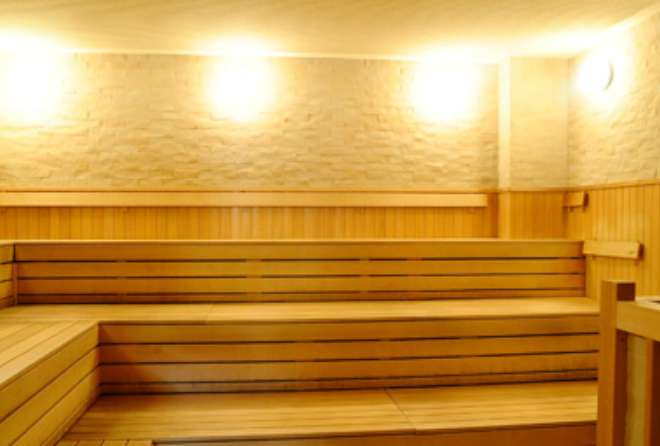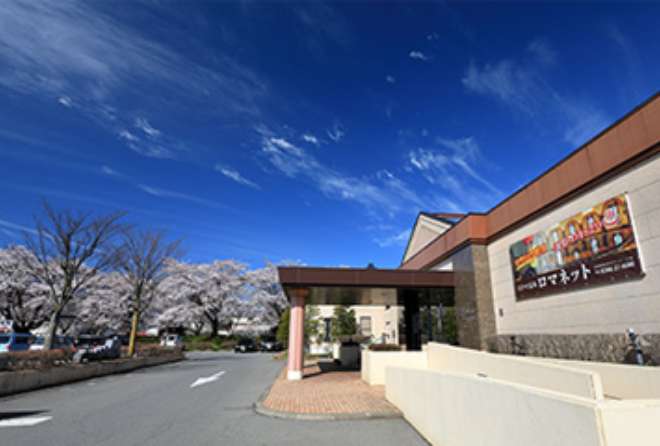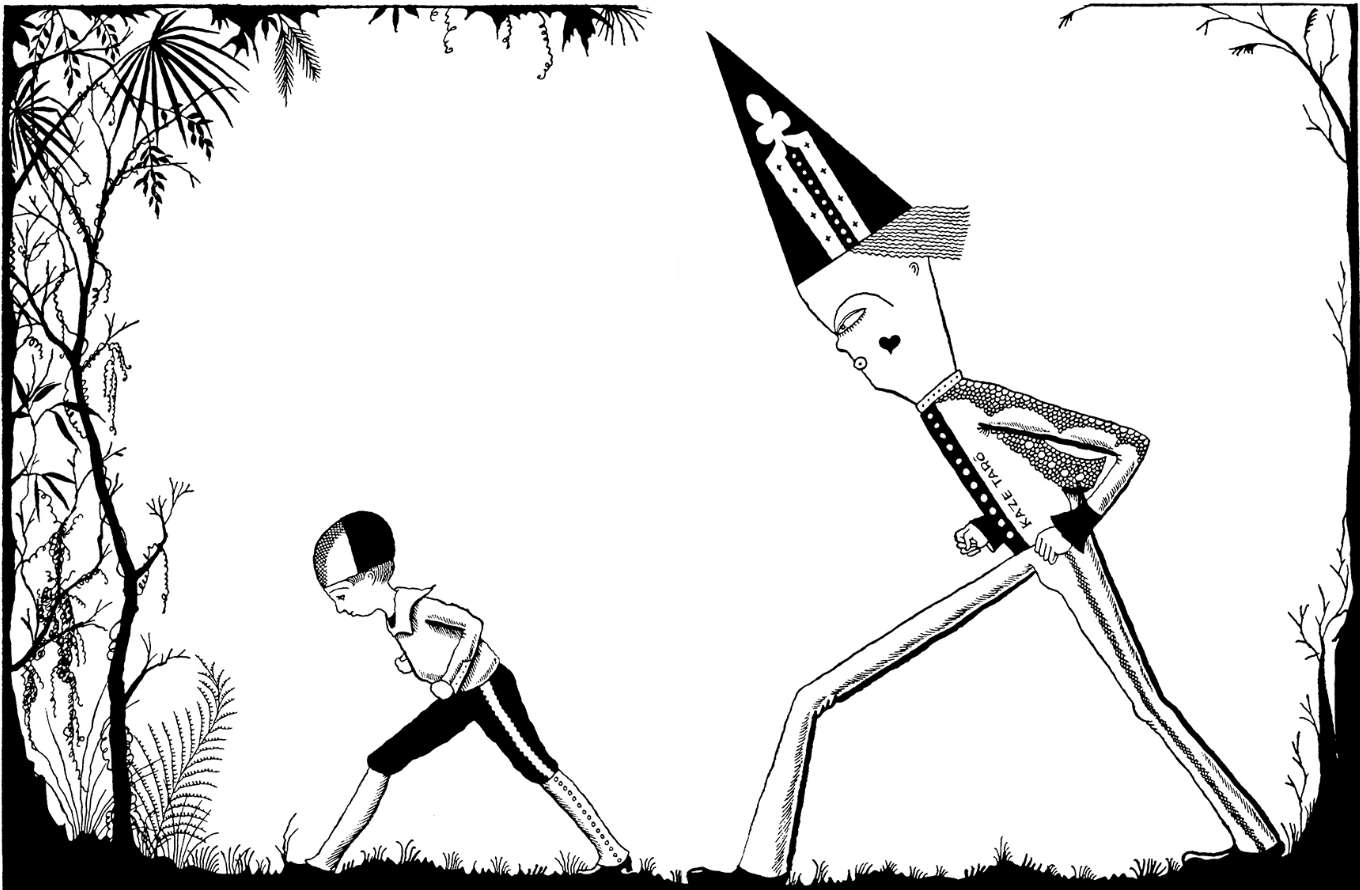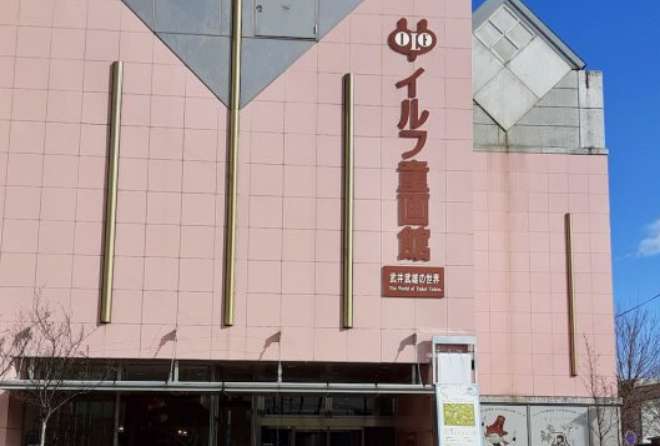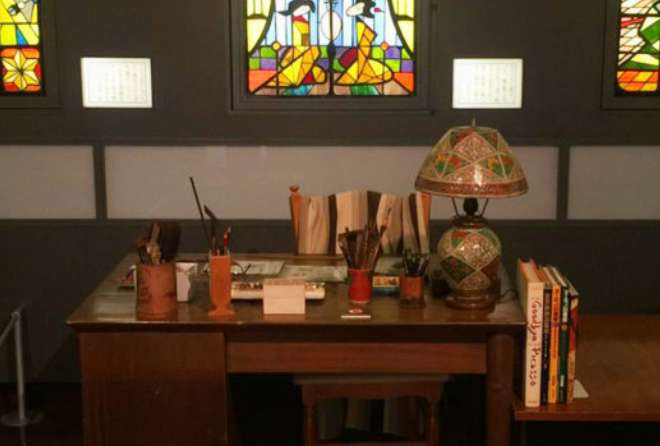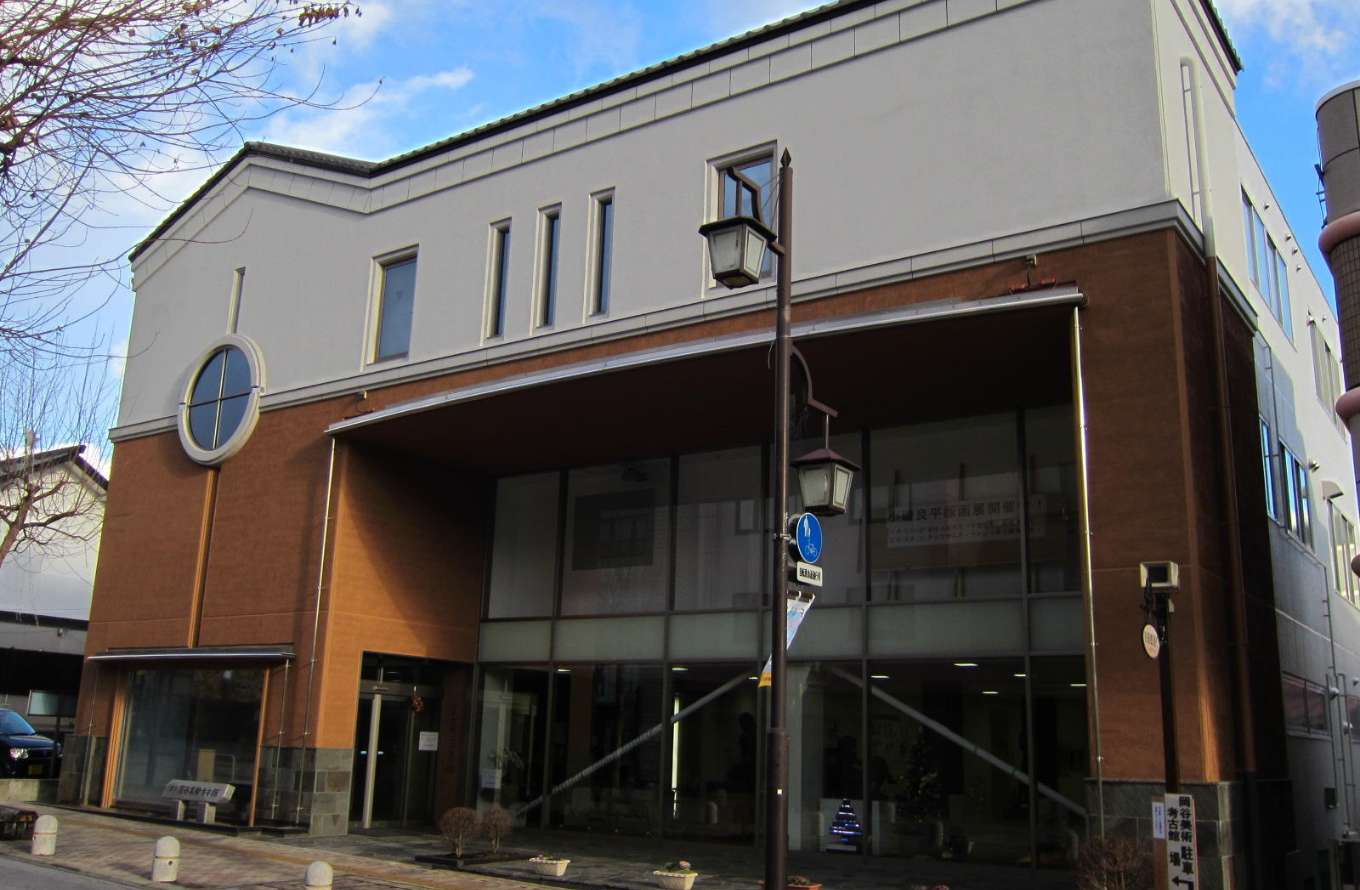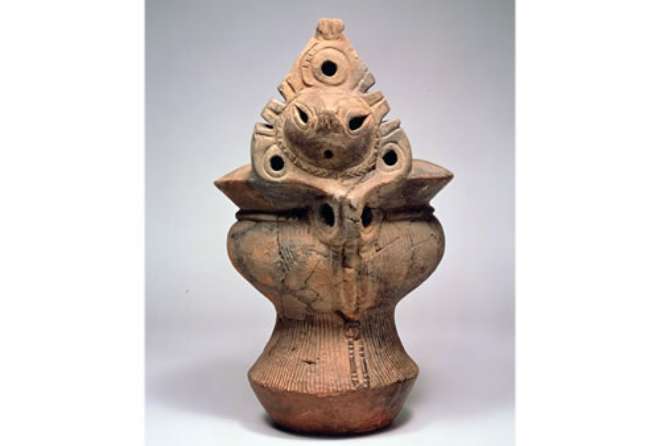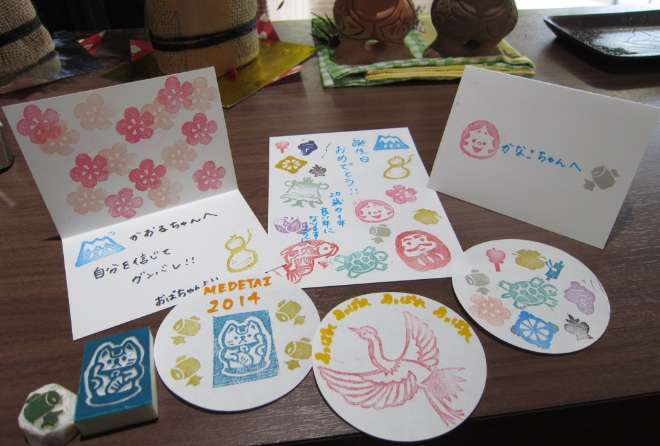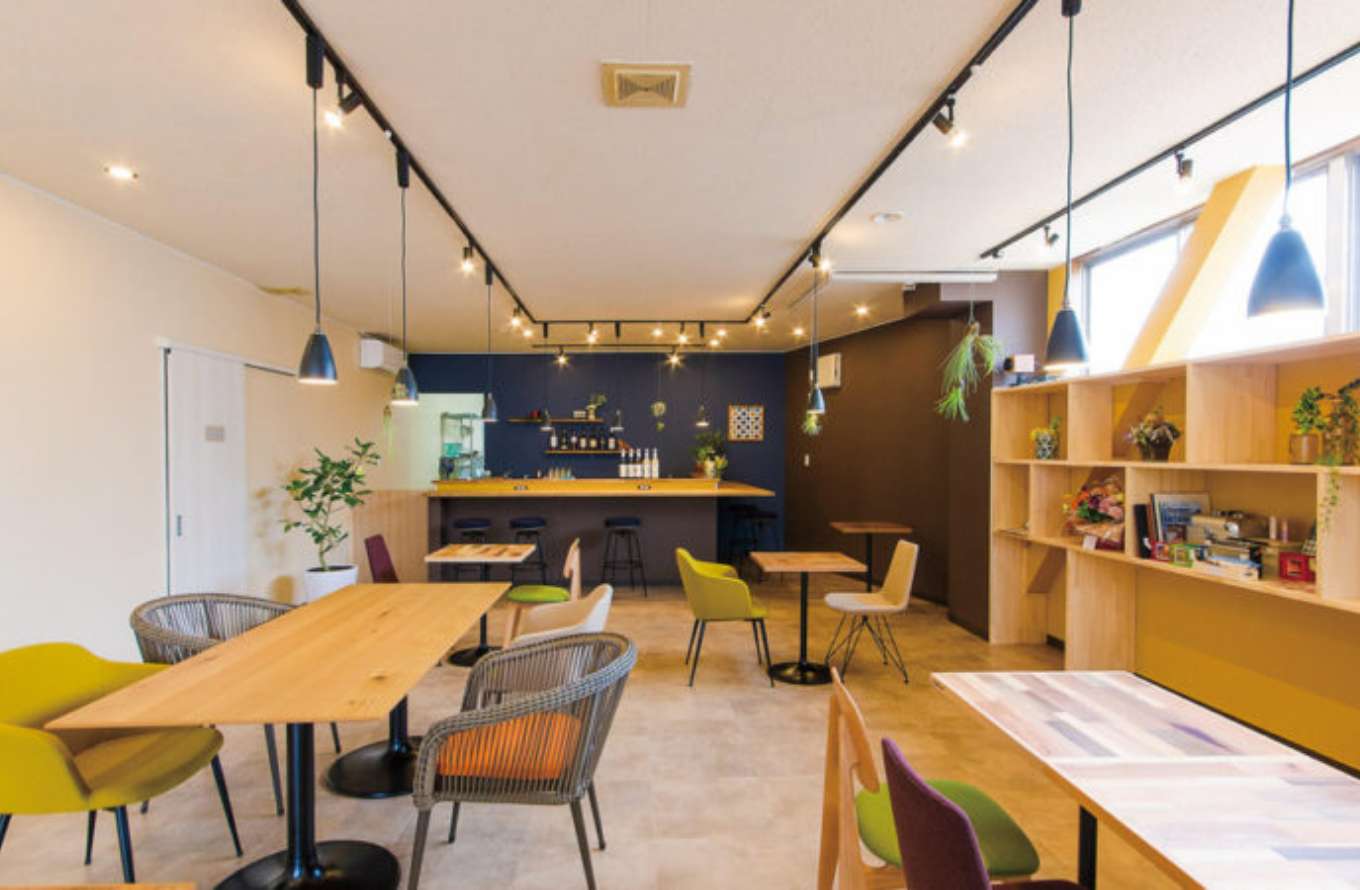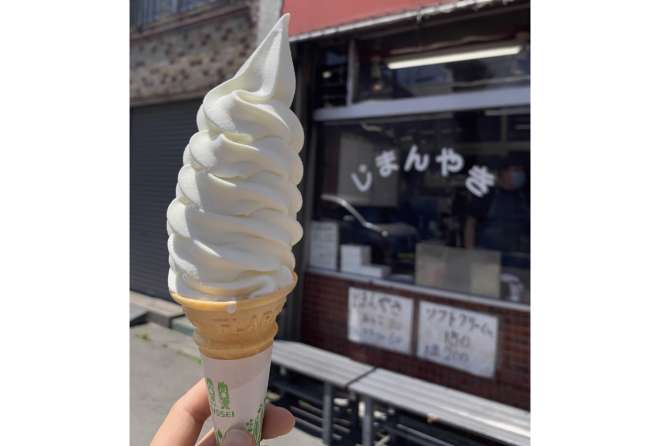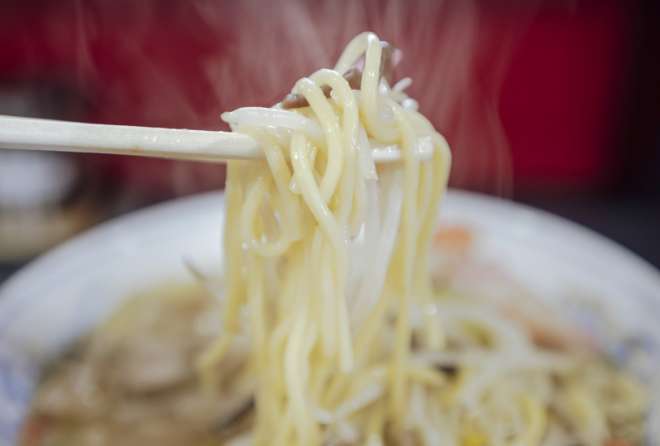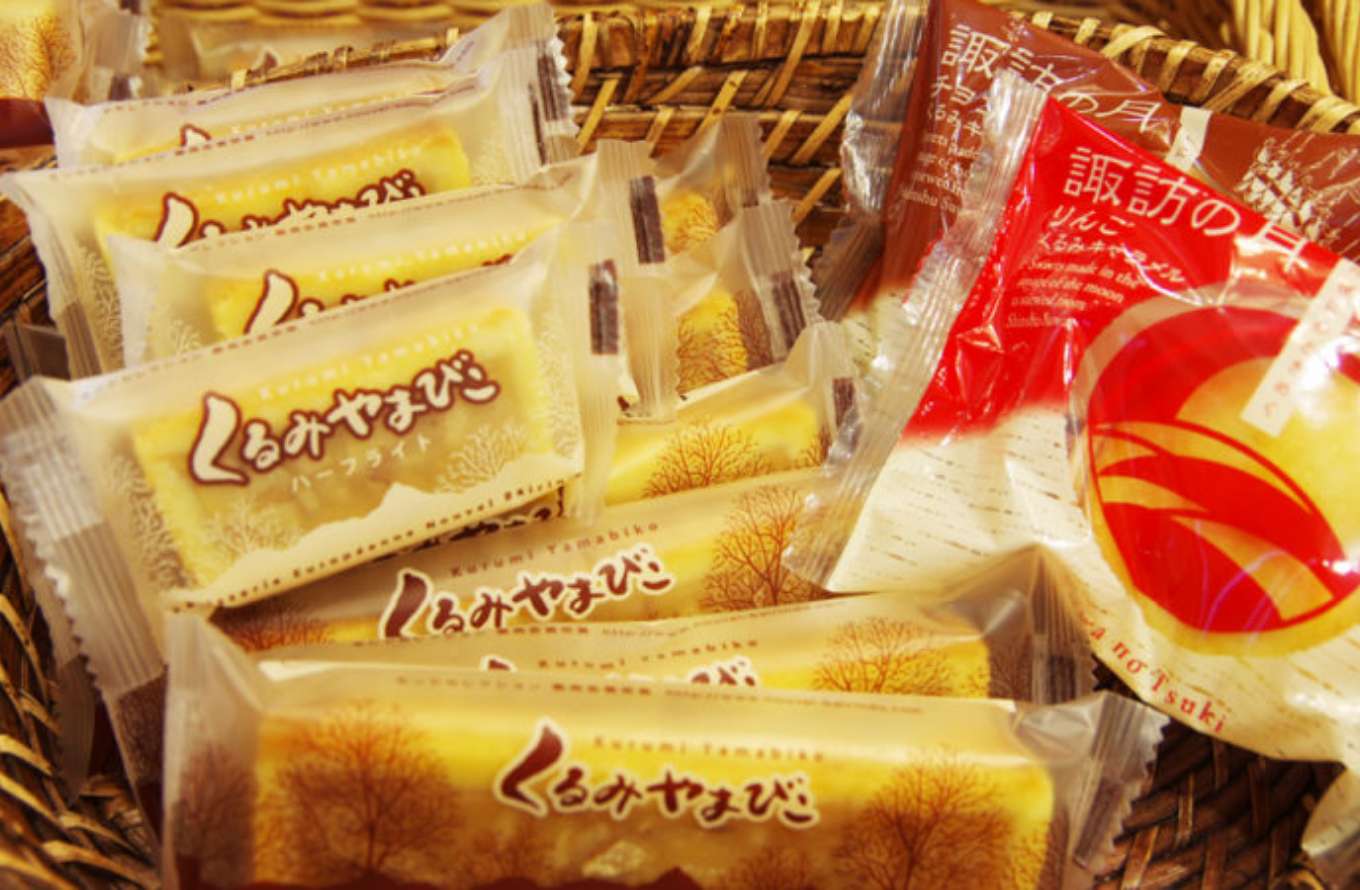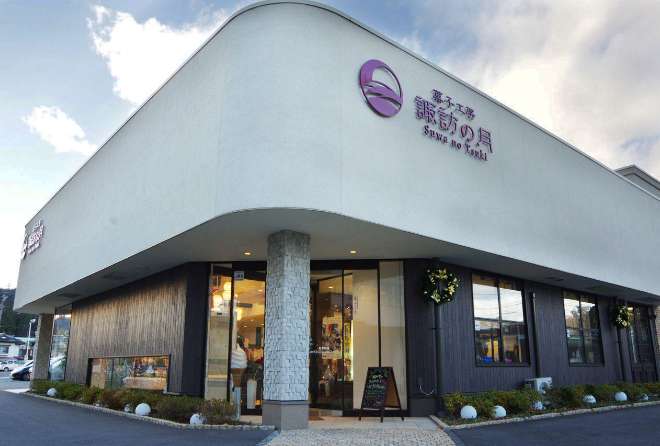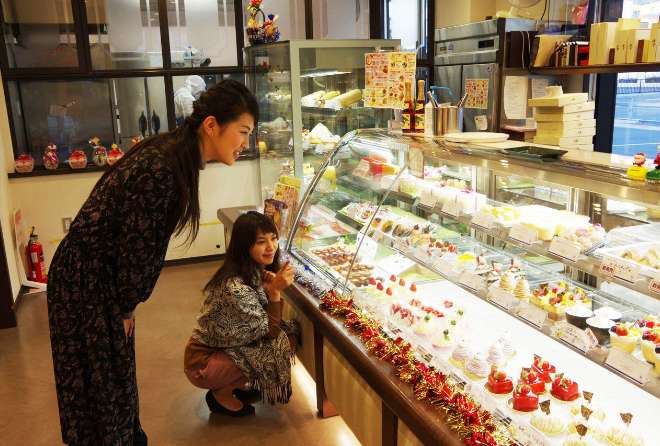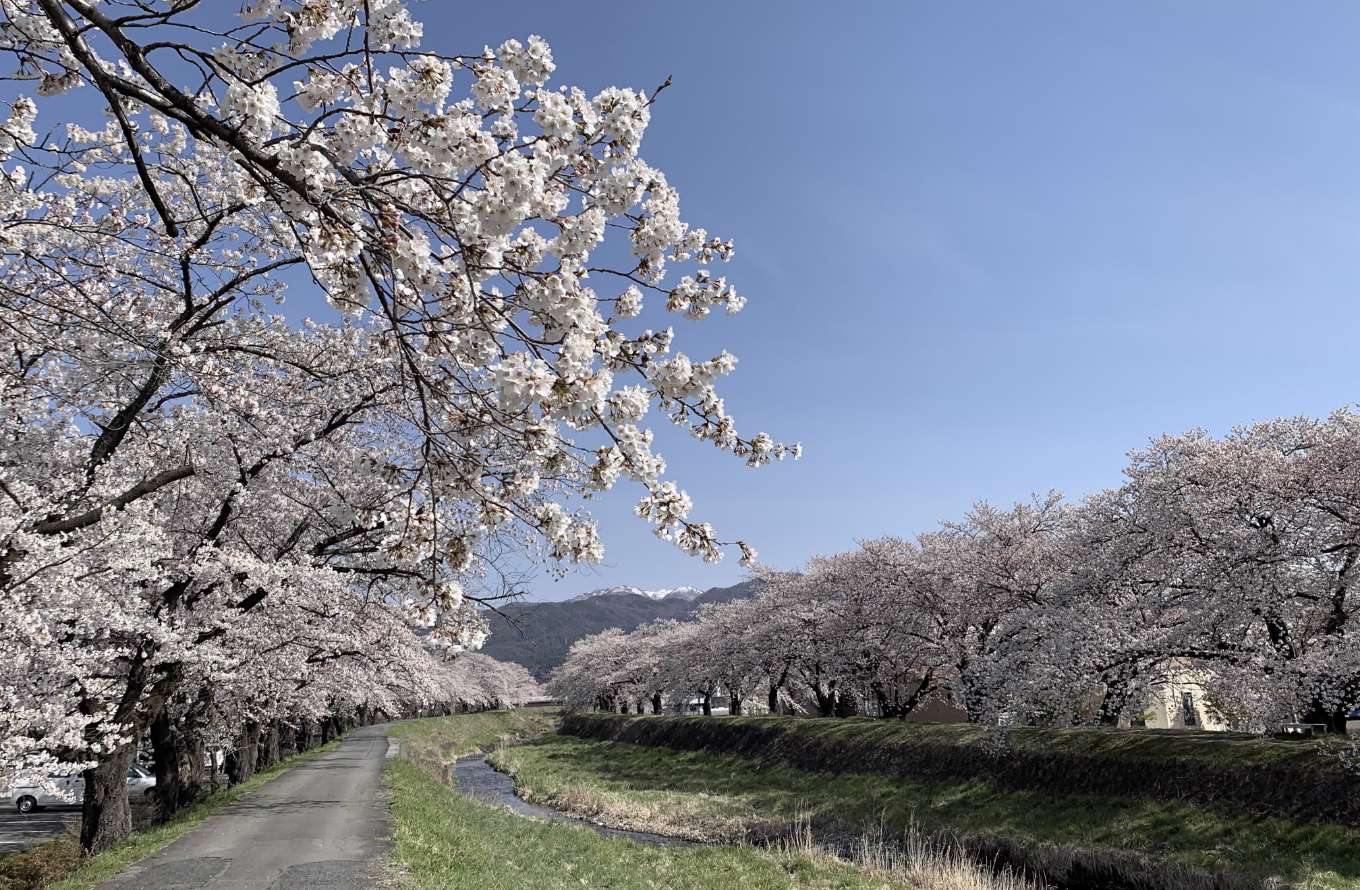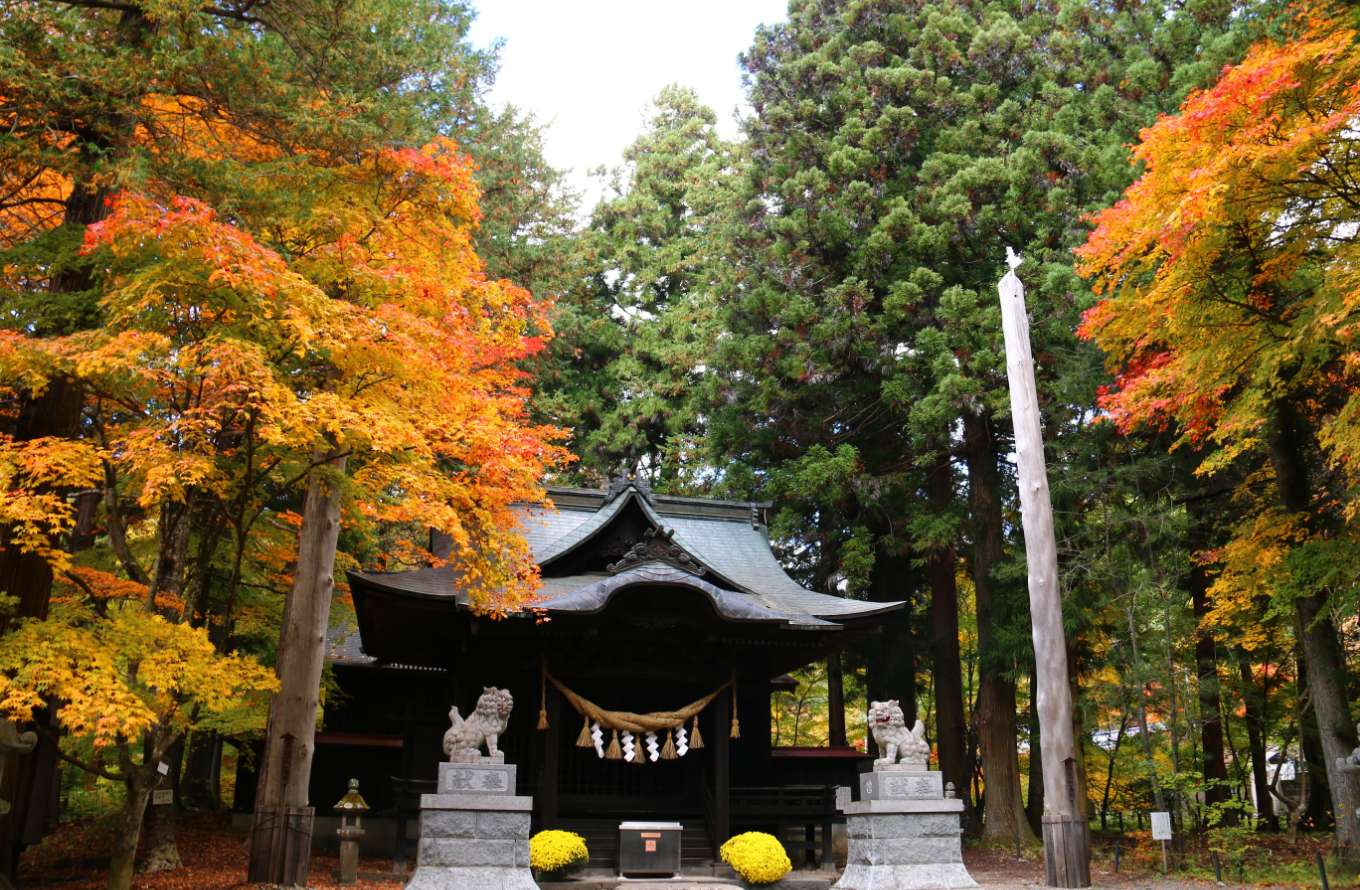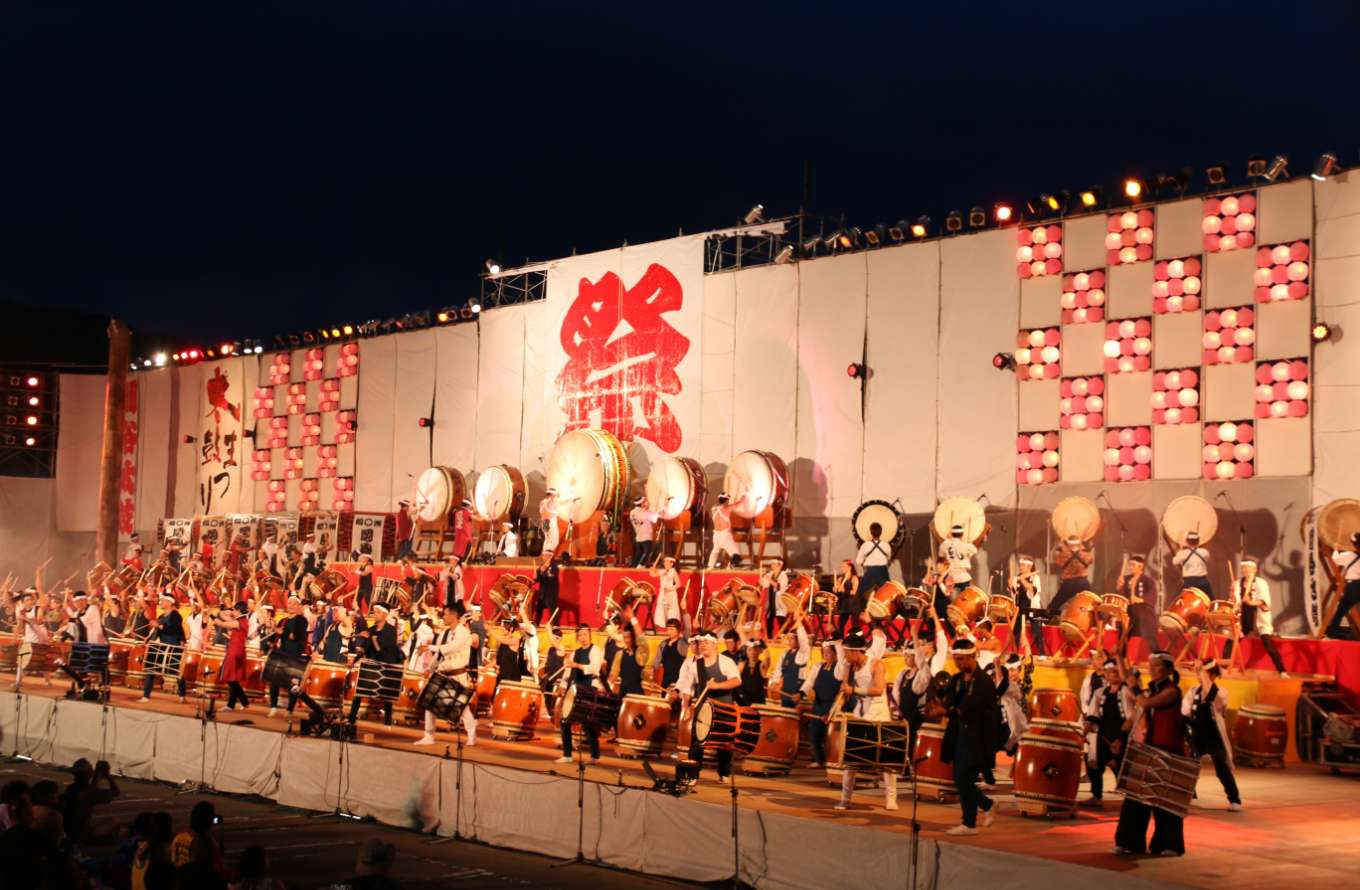A Walk Through a Traditional Silk Producing Town - Example Tour of Okaya
The silk trade prospered to such an extend in the city of Okaya that the area came to be known as Silk Okaya, and today, many of the buildings that demonstrate the atmosphere of those times, built in the Meiji and Taisho periods during the heyday of the industry, still remain. Among them, there are those where you can even observe the creation of silk using the old techniques while getting your fill of the romantic atmosphere of the Taisho period.
Meanwhile, located as it is on the shores of Lake Suwa, Okaya also offers an opportunity to enjoy cycling, allowing you to travel about in search of good food and seasonal spots at your whim.
Highlights
- Tour buildings that demonstrate the atmosphere of the heyday of silk production built during the Meiji and Taisho periods.
- Enjoy cycling through Okaya and around the shores of Lake Suwa.
- Superb gourmet dining experiences born of the pure air and waters, and numerous souvenir options.
itinerary
Day 1
- Okaya Silk Museum (Silk Fact Okaya)
- Okaya-no-Unagi (eel restaurant)
- Cycling around Lake Suwa (Suwaichi)
- Romanetto (day-trip hot spring)
Day 2
- ILF Douga Museum of Art (gallery of children’s illustrations)
- Okaya Art & Archaeological Museum
- Nouvel Bairindo Okaya main branch
Day 1
Commense your journey from JR Okaya Station with the aim to arrive at the first stop, the silk museum, by 10:00 AM.
First, use the lockers available at the station to stow any luggage that you don’t need to carry, and head to the information center located in the station (the Okaya Tourist Information Center.) There, electric assisted bicycles are available for rent, and bus tickets can be purchased as well.
You can also obtain maps and pamphlets on the area.
JR Okaya Station
Approximately 5 minutes by bus or taxi and 10 minutes by rental bicycle from Okaya Station.
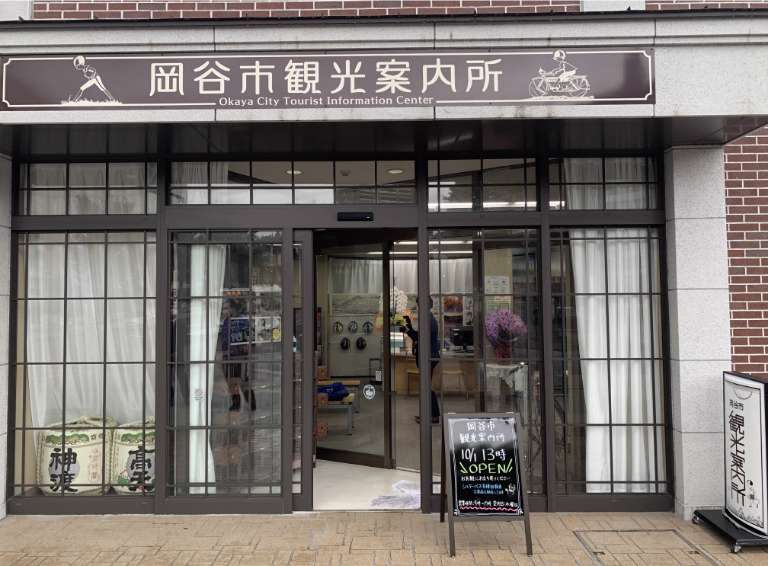
1
Okaya Silk Museum (Silk Fact Okaya)
Silk Fact Okaya is the only museum in Japan where you can not only learn about the history of silk production, but you can also watch it in action at the adjacent workshop.
Okaya, located in the Suwa region, once boasted the largest volume of silk exports in the world from the early Meiji period until the end of WWII.
The Museum offers visitors an opportunity to learn the history of silk and why the industry prospered in this region.
In the adjacent workshop, you can observe a silk spinning machine that remains unchanged since the heyday of silk production as it is actually operated.
The Museum also offers items made with high quality silk as souvenirs.
2
Lunch - Okaya-no-Unagi (eel restaurant)
The fishing industry has also long prospered in the Okaya area, both in Lake Suwa and the Tenryu River, and dishes made with eel and river fish are familiar staples of the local cuisine.
The eel dishes in particular, the result of the studies and efforts of generations past and the eel restaurants that maintain those traditions today, feature flavor and preparations unique to Okaya, created with unwavering attention to detail.
The sauce used with eel dishes in Okaya is particularly unique for its richness and sweetness. The eel itself is also crispy on the outside but soft and plump on the inside after being grilled over charcoals without steaming it. This is one gourmet experience you cannot miss when visiting the Suwa region.
3
Cycling around Lake Suwa (Suwaichi)
Lake Suwa, with its circumference of about 16 kilometers, is visited by many families and couples as a place to enjoy cycling. Cycling paths have been built along its length, allowing cyclists to enjoy their trip safely while taking in the views of the lake.
The lake shore is also dotted with many cafes, art museums, and footbaths, and many have bicycle stands installed.
When the weather is good, why not enjoy cycling yourself with your own favorite bicycle or one of the rental options.
Facilities offering rental bicycles in Okaya:
- Okaya Silk Museum (Silk Fact Okaya)
- Okaya Tourist Information Center (Okaya Station)
4
Romanetto (day-trip hot spring)
The name of this hot spring, which features waters rich in metasilicic acid helpful for beautiful skin, is a portmanteau of Rome with the Japanese word for hot water, or Netto.
The largest bath, modeled after the Roman baths, offers you a chance to relax and heal your mind and body in its generously spacious oval bath.
Other services available to help you relax even more are the Finnish style sauna, a relaxation massage service, and a restaurant.
5
Lodging
At the end of the day, return to one of the hotels or inns within the city limits to spend the night.
We recommend concentrating your search to the options near the train station or around Lake Suwa.
These many inns, with their reliable hospitality, happily await your visit.
